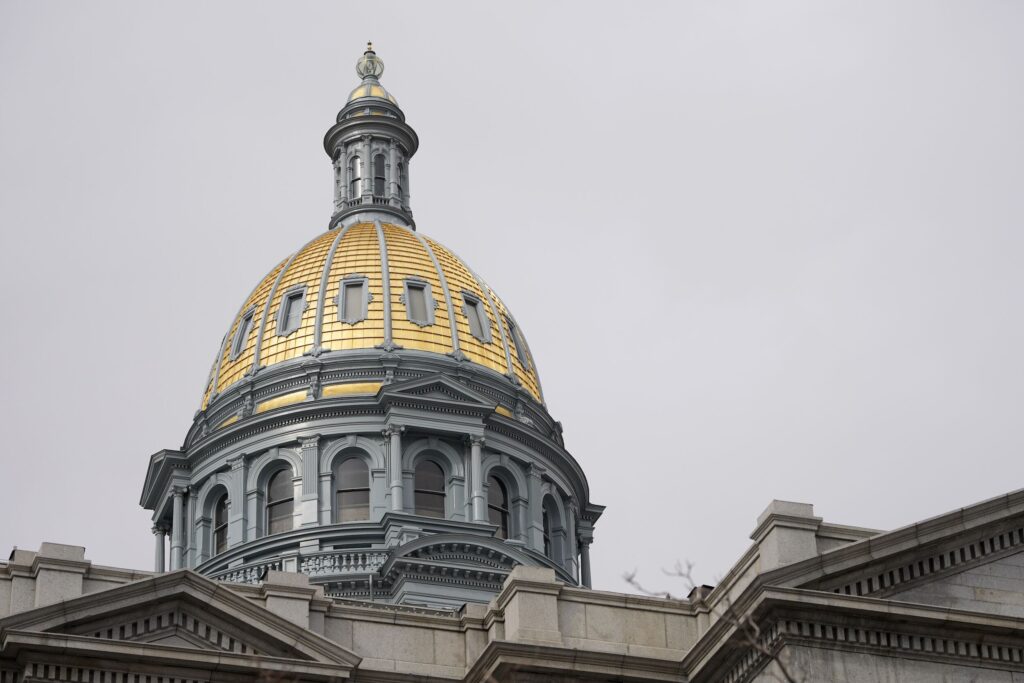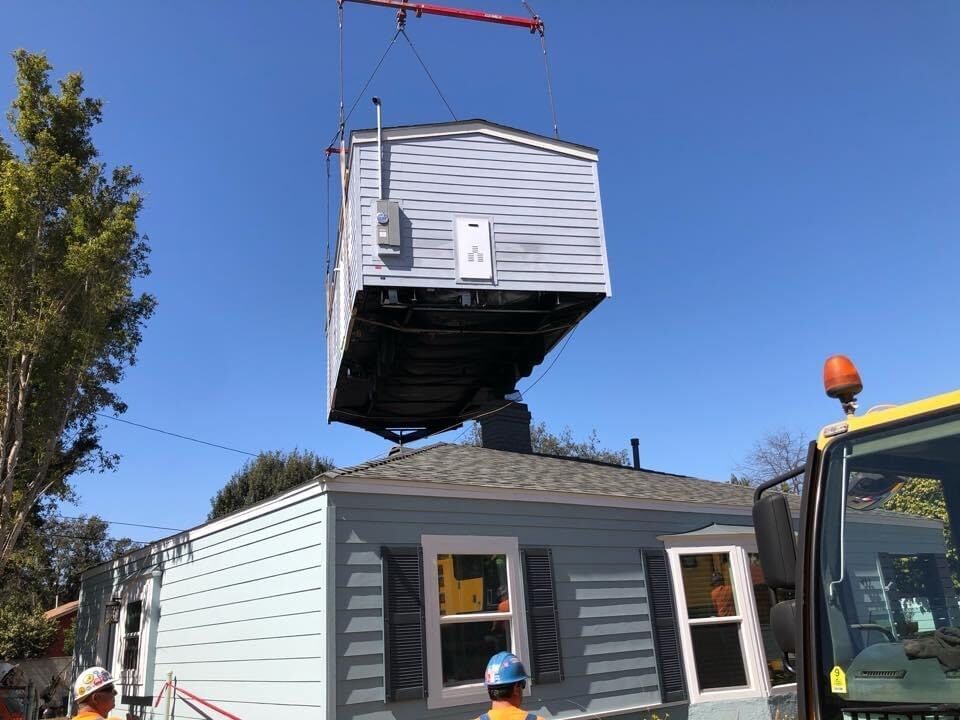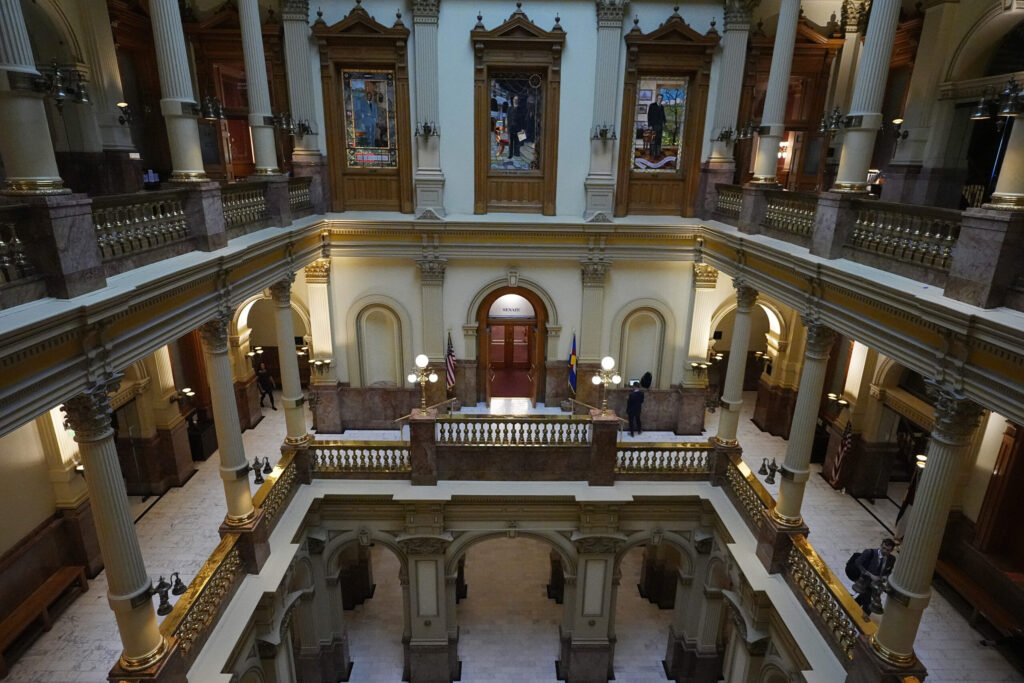Energy battle: Colorado power plant closures ignite debate over jobs, taxes and energy future in Pueblo
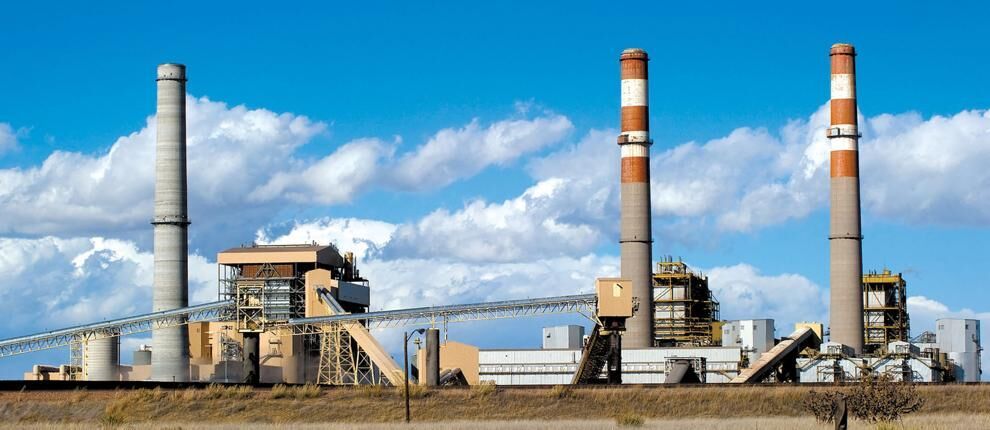
As Colorado darts toward a future powered by “clean” energy, a battle is brewing in Pueblo, where coal closures, union jobs and lost tax revenue collide with a community demanding a solution as its power plants are a primary target for a shutdown.
Between 2025 and 2031, six more coal-fired power plants in Colorado are scheduled to be shut down or converted to another energy source, such as natural gas.
With more than 800 jobs to be affected, another three plants are on the list for future closures.
The closures are raising alarm bells, notably for the unions that count the power plant workers as members. A group has put forward an action plan called the Colorado Energy Compact, calling for a “balanced and sustainable energy policy” and a transition that is “are “clear, stable, and grounded in the realities of our grid, our workforce, and our economy.”
Besides unions and jobs, taxes paid to local communities are also a major worry, with revenue ranging from 12% of the total collected in Pueblo County to as high as 33.7% in Moffat County.
The compact is drawing together more than two dozen organizations and individual experts in energy, labor and public policy, according to Action Colorado’s Sara Blackhurst.
The plan is designed as both a tool and an accountability check for lawmakers and regulators, focusing on a state standard that, the compact maintains, should be technology-neutral and which supports a balanced mix of current and emerging technologies. The goal, the compact said, is to ensure a transition that benefits Colorado’s environmental and economic future, protects families, and sustains local economies.
The fight over Comanche plants
In Pueblo, residents are fighting back to keep the Comanche power plants open. They oppose wind or solar energy, which they claim is unreliable.

The Comanche station just south of Pueblo is a 695-acre site with a rail system, water contracts, transmission capacity and injection, according to a report from the Pueblo Innovative Energy Solutions Advisory Committee. It includes three coal-generating units “that have provided highly-paid, family supporting jobs and tax payments of tens of millions of dollars for decades,” the report said.
Comanche 1 closed in 2022. Comanche 2 will close in 2025. Comanche 3, which opened in 2010, will close no later than Jan. 1, 2031, about 10 years ahead of schedule.
The controversy surrounding the Comanche power plants comes at a time when the Trump administration has withdrawn support for “clean” energy, cutting over $500 million in grants to Colorado companies and universities. Additionally, Energy Secretary Chris Wright, a Colorado native, said he wants to “unleash American energy at home and abroad.” Wright said America should focus on ensuring a wide array of cheap, abundant and sustainable energy sources that include geothermal, nuclear, oil and gas.
The campaign to save the Comanche plants suggests a major battle is brewing over the two Xcel units in Pueblo.
The Colorado Fiscal Institute, in a Sept. 2024 report, said the closure of Comanche 3 alone will cost about 77 jobs and about $31 million annually in tax revenue to the Pueblo community.
The same report said the Environmental Protection Agency’s CO-Benefits Risk Assessment tool estimated that closing Comanche 3 would result in avoided health costs benefiting Colorado between $52 million and $67 million annually, with Pueblo County specifically benefiting between $4.6 million and $5.6 million.
The report downplayed the benefits of nuclear energy as a replacement energy source and instead recommended wind and solar.
On the opposite side, the Pueblo Innovative Energy Solutions Advisory Committee, a group initiated by Xcel Energy and made up of community leaders, has looked at potential replacements for the energy sources at Comanche 3.
The PIESAC group is led by attorney Frances Koncilja and investor Corinne Koehler; members Jerry Bellah, vice president of IBEW local 8; Sara Blackhurst of Action Colorado; Russell De Salvo, who heads the Pueblo Depot Authority; Patty Erjavec, former president of Pueblo Community College; former judge Dennis Maes; Timothy Mottet, a former president of CSU-Pueblo; Duane Nava, head of the Greater Pueblo Chamber; Jeff Shaw, president of Pueblo Economic Development; and former Pueblo County Commissioner Chris Wiseman.
The group’s report, which came out in January 2024, looked at all the impacts, noting “the Pueblo community has supported these early closures and done more to reduce emissions in the state than any other community.”
The report said the economic hit from closing Comanche 3 would total $196 million to Pueblo and result in the loss of hundreds of high-wage, career-level jobs. Pueblo would lose more than $845 million in tax revenues by 2070, the report added.
Its proposed solution: “Of all the technologies we studied, only advanced nuclear generation will make Pueblo whole and also provide a path to prosperity.”
The group believes that nuclear power would support 200 to 300 permanent high-paying jobs and generate $95 million in local property taxes.
The backup plan is combined cycle natural gas plant with carbon capture for 20 to 25 long-term jobs and about $16.5 million in annual tax revenue.
Wind and solar would generate “a handful of non-union jobs” and about $2 million annually in tax revenue, PIESAC said.
‘Just transition’
In August, the Public Utilities Commission deliberated on the first phase of a $15 billion “just transition” energy resource plan submitted by Xcel, Colorado’s largest utility company and operator of the Pueblo plants, that includes the future of the Comanche operations.

The plan is tied to a settlement agreement reached in 2022 between Xcel and partners that include state agencies, environmental groups, local governments, including the city of Pueblo and Pueblo County, and large customers, such as Walmart, and labor unions.
The “just transition” plan would add more than 6,000 megawatts of new generation and storage. Over the next five years, Xcel would add 10,000 megawatts of new generation and storage capacity. Final approval of both phases of the plan, according to Xcel, is expected sometime next year.
The settlement agreement aims to keep Pueblo “whole” regarding tax revenue by compensating the county for property tax revenue due to the acceleration of the retirement date of Comanche 3.
During the meeting, PUC Chair Eric Blank called the “just transition” plan the “single largest resource acquisition in the history of Colorado and an over $15 billion commitment from customers.”
The plan’s cost raised worries among the commission about its potential for “exorbitant” hikes in utility rates to ratepayers.
The PUC said it would issue a final decision on the first phase in the coming weeks.
In a statement issued by the Colorado Energy Office after the meeting, Gov. Jared Polis said he is “enthusiastic about the plan to save people money and achieve faster pollution reductions while bringing new jobs to communities and investing in rural Colorado.”
Polis added that “the free market is driving the transition to clean energy in a way that will help people hold on to more of their hard-earned money, clean our air, achieve energy independence, and continue our state’s economic growth.”
For its part, Xcel said it is committed to supporting its workforce both in Pueblo and Hayden with “reskilling and retraining programs, and efforts to retain employees in both the short and long term.” The company also said it is committed to addressing the tax revenue issue and listening to the voices of local leaders.
‘Pueblo is being robbed‘
Elected officials and community leaders in Pueblo County are not happy with the plan.
At the end of August, Pueblo County commissioners fought back, telling the PUC through a filing that they had invested limited financial resources and time to participate in the PUC’s proceeding, “as well as the promised follow-on ‘Pueblo Just Transition Solicitation’ to ensure that the residents of Pueblo County would receive a meaningful ‘Just Transition’ from a coal community to a high tech clean energy hub.”
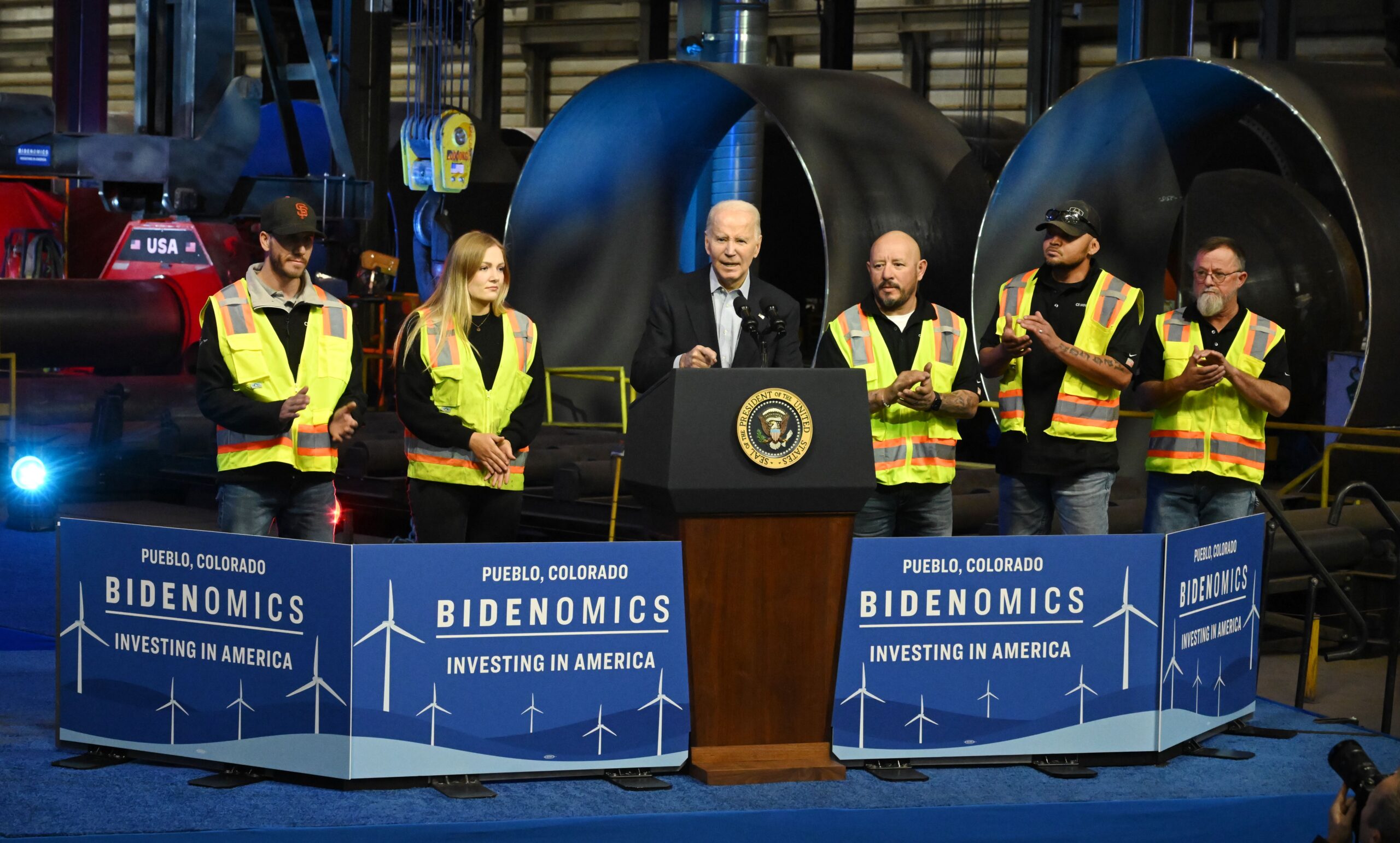
The county also spent $2 million on the PIESAC study to develop clean energy generation options for Pueblo, and if implemented, those options, they said, would render Pueblo “whole.”
The commissioners claimed other partners in a settlement agreement, including the Colorado Energy Office, ignored Pueblo’s “bargained-for solutions.” They accused the Colorado Energy Office, the Office of Just Transitions and the Utility Consumer Advocate, which is part of PUC, of failing to act in good faith, including failing to consider the option of small modular nuclear reactors as a replacement energy source.
The commissioners asked that Comanche 2 and Comanche 3 continue to operate, saying they would approach the Trump administration and Wright, the energy secretary, “until replacement generation is constructed in Pueblo.”
“The (PUC) has made it clear that it is a futile exercise to participate in these proceedings,” the county commissioners wrote.
The local electrical worker union in Pueblo also weighed in through a letter submitted to U.S. Rep. Jeff Hurd, R-Grand Junction, whose district includes Pueblo.
In a Sept. 10 letter, Jerry Bellah, international vice president of the International Brotherhood of Electrical Workers, told Hurd his group supports green energy “but that the green jobs being offered to Pueblo do not come close to replacing the jobs that are currently at Comanche.”
Bellah said the handful of solar farm jobs are low-paying positions.
“For too long, the hardworking men and women of the IBEW have been ignored with false promises of middle-class, family-supporting jobs in exchange for our support in closing coal plants,” Bellah wrote. “We are smart enough, however, to know when we are getting the shaft, which is what is being done to the Pueblo community and the workers at Comanche. We all deserve better than this.”
Bellah noted Hurd had reached out to Trump to keep Comanche open and said his group would “support any elected leader, regardless of party, who supports jobs, and we will oppose any elected leader who votes to end our jobs.”
Pueblo County voters have now twice voted for Trump over his Democratic opponents.
Blackhurst of Action Colorado added that the union jobs issue is the primary reason for the energy compact.
“Pueblo is being robbed,” she told Colorado Politics. “They (state government) have made labor workers acceptable collateral,” as well as the communities in which they live and work.
The Colorado Energy Compact
Led by Action Colorado, the compact’s authors intend for it to provide a roadmap for building an energy future that is “ambitious, achievable, and rooted in Colorado’s best interests.”
It focuses on five areas — affordability and economic competitiveness; labor, community and “just transition;” energy system reliability and feasibility; legal and regulatory integrity; and transparency and accountability.
The first focus area, on affordability, would look at the cost to consumers, protecting the tax revenue base and long-term economic resilience.
The second focus — on labor and community — said any legislation or regulation should ensure comparable wages and benefits, as well as “enforceable” retraining, union participation and local hiring. It also calls for policies that allow workers to stay in their current communities.
A survey conducted by Colorado Mountain College and the state Office of Just Transition, and as reported by the Steamboat Pilot in March, said 61% of workers at the Craig Xcel plant and the Colowyo and Trapper mines want to stay in their local communities if they transition to new jobs.
The third focus — on energy system reliability — calls for a “realistic” phasing of timelines tied to permitting, workforce readiness and infrastructure — “not political deadlines.” It also recognizes the role of natural gas and emerging technologies, such as hydrogen, geothermal and nuclear power, which was added to the state’s list of “clean” energy technologies by the legislature in the 2025 session.
In the focus on legal and regulatory integrity, the compact said terms like “clean energy” and “eligible technologies” must be defined in law, not by regulators.
Additionally, transparency and accountability must include an open stakeholder process, with full notice and “without surprises” and models made public and independently validated, the compact said. It should also include a regular public review.
“Without accountability,” the compact said, “even well-intentioned rules look like closed-door deals and public trust collapses.”
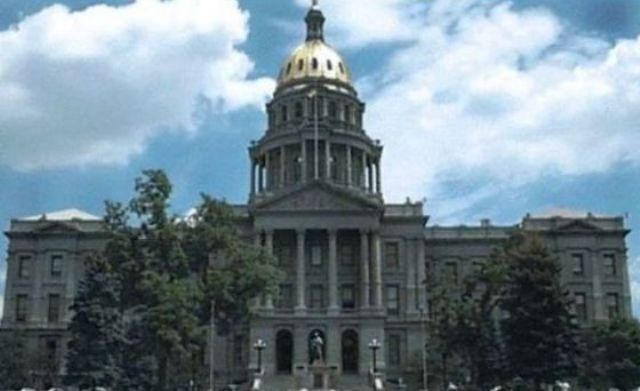
Blackhurst told Colorado Politics that the groups behind the compact are sharing it with lawmakers, hoping it would provide a tool for reviewing legislation in the future.
That’s critical, Blackhurst said, as the PUC is going through a sunset review in the 2026 session.
A fact sheet provided to the Town of Gilchrist earlier this year stated that the compact, unlike the governor’s “top-down” Clean Energy Planning process, is more inclusive and offers a framework rooted in local control.
It is not a lobbying effort, the fact sheet insisted. But “without stakeholder-driven guardrails, the direction will be set by others — without you in the room,” it said.
Gilchrist town councilmembers unanimously approved joining the compact in August, along with providing some financial support.
Office of Just Transition
Approved by legislation in 2019, the Office of Just Transition focuses on economic development for communities affected by the closure of coal mines.
For the past several years, the office, with 3.5 full-time employees, has spent about $15 million annually on community development, worker education, and training for those areas.
What’s missing, many said, is wage parity — what workers earn when they transition from high-paying jobs to whatever comes next.
The BlueGreen Alliance, in a 2023 report, pointed to the wage parity issue.
When coal mines close, workers are vulnerable to job loss, and many will struggle to find comparable employment that aligns with their existing skills, experience, and compensation levels, according to the report.
The office has made progress in economic development by supporting small businesses and entrepreneurship, the report added. But the opportunities to find local “high-road” jobs for former coal workers have been missed.
“The quality of the job — such as the benefits offered like health insurance, a retirement plan, and workers’ compensation benefits, or wage parity to previous employment — is not being considered in program development or implementation” for OJT, the alliance said.
‘Extreme claims‘
In a response to Pueblo commissioners on Sept. 12, several environmental groups said any decision by PUC to change votes would lead to further controversy and litigation over procedural improprieties.

That’s a reference to comments by Blank, the PUC chairman, in a Sept. 4 hearing that he is considering taking “another look at some of the labor issues raised in the county’s response,” as well as revisiting a prior vote tied to Xcel’s plans for “credits for resource located in communities with retiring coal plants,” a main concern raised by Pueblo County.
The credits are part of a Near Term Procurement request by Xcel — a solicitation for the development of energy generation that would draw federal and state tax credits.
The coalition of environmental groups includes GreenLatinos, the Sierra Club, Vote Solar, the Natural Resources Defense Council and Physicians for Social Responsibility Colorado.
“Moreover, promising to revisit votes in response to baseless accusations of political bias and extreme claims (including a threat to invite federal interference) sets problematic precedent and may incentivize parties to make similarly baseless and extreme claims in the future to get the Commission’s attention when they are displeased with the Commissioner’s oral deliberations and decisions,” the coalition said.
The coalition, in particular, took issue with Blank’s statements and the Sept. 4 hearing, which the group said hinted at “unfairness,” since the PUC had already deliberated on the Xcel plan in August and failed to provide opportunities to other parties to address the issues raised by Pueblo County.
By revisiting votes on the Xcel plan, the PUC would reward Pueblo County for “flouting the Commission’s well-established hearing and deliberations process” without allowing other parties the same opportunity, the coalition said.
Blank has reportedly pledged to look at the PIESAC study on the issue of nuclear energy, telling the Colorado Sun last month, “we should be driving new generation investment in communities like Pueblo.




